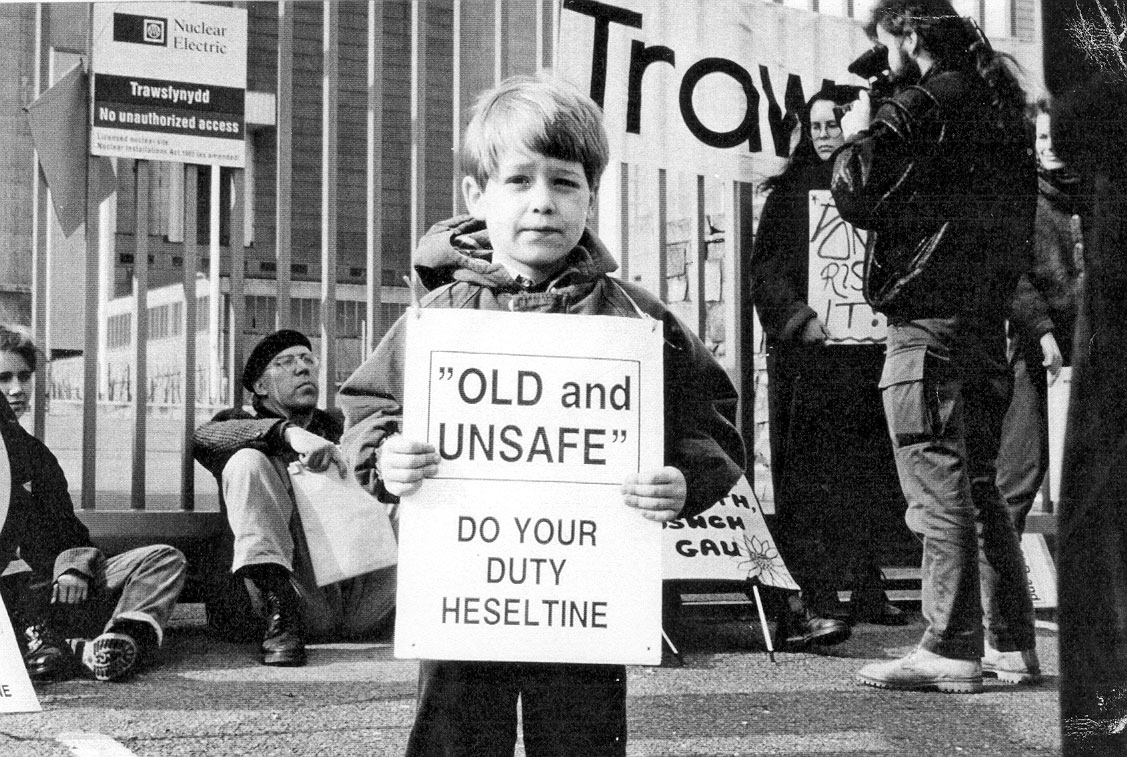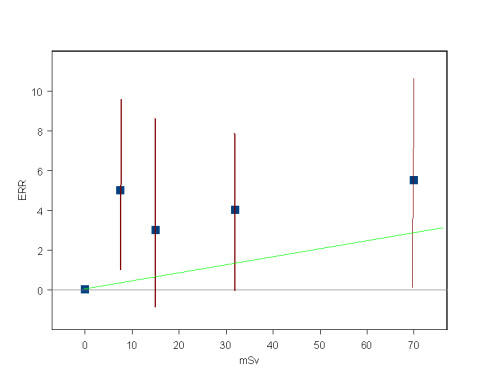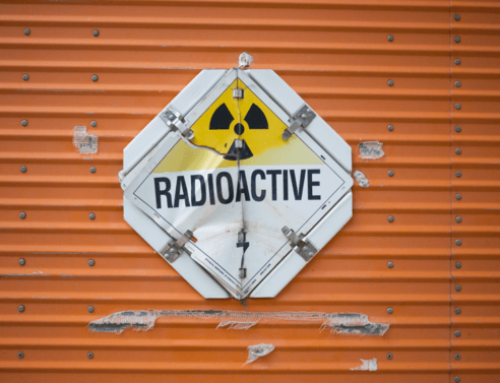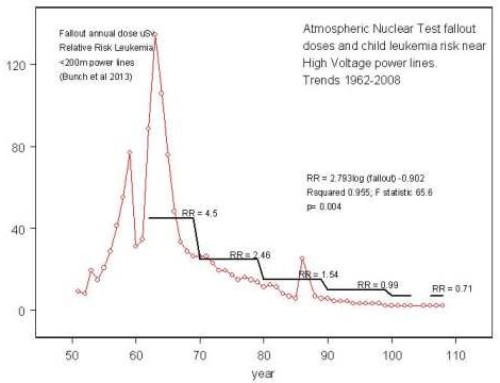Nuclear Test Veteran children and grandchildren study
October 18th 2014.
The paper: ‘Miscarriages and Congenital Conditions in Offspring of Veterans of the British Nuclear Atmospheric Test Programme‘ is published in the peer reviewed journal Epidemiology: Open Access this week. In case it takes some time for the journal to put up a downloadable pdf version, the abstract only is up at the time of writing this and so the article can be accessed here
The details of what this study shows are given in the press release below:
Green Audit UK/ Environmental Research SIA, Latvia
Low Level Radiation Campaign
Press Release 15/10/2014: Immediate
Atomic Test Veteran Children and Grandchildren affected by fathers’ exposures to internal radiation from Uranium and Plutonium at the test sites.
New Study questions Japanese data underpinning current radiation risk model.
The results of a study of the health of children and grandchildren of British servicemen stationed at the atomic weapons test sites at Maralinga in Australia and Christmas Island in the Pacific will be published in the open peer-reviewed journal Epidemiology this week. Christopher Busby and Mireille Escande de Messieres conducted a case-control and cohort study of 605 children and 749 grandchildren of members of the British Nuclear Test Veterans Association (BNTVA) and compared congenital defects and cancer incidence with 311 control children and 498 control grandchildren of age-matched individuals. Results showed that, compared with controls:
1. There was three times the number (105) of miscarriages in wives of veterans.
2. There was 9.7 times adverse congenital conditions (57) in veteran children.
3. There was 8.4 times adverse congenital conditions (46) veteran grandchildren.
4. These rates were confirmed also by comparison with national EUROCAT data.
5. The existence of the same highly statistically significant rate in both generations points to genomic instability as likely cause, a trans-generational genomic switch discovered after Chernobyl and shown in animal studies to affect many generations.
6. The cause is argued to be Uranium, the main atom bomb constituent, which rained out at the test sites as sub micron particles in “black rain”. Recent research shows Uranium causes genomic effects at very low radiation doses because it binds to DNA and amplifies the radiation damage both through proximity and in other ways.
7. Black rain of Uranium was also a feature of the Hiroshima Atomic bomb and Uranium has been measured several kilometers from the Hiroshima epicenter.
8. The Ministry of Defence, in arguing recent court cases rely upon the fact that dosimeters at the test sites show low doses. However these devices do not register Uranium or other alpha emitters. Uranium was not looked for at the sites.
9. The study findings are supported by similar genomic effects found in Iraq populations exposed to Depleted Uranium particles (e.g. Fallujah sex-ratio, cancer and birth defects, USA and UK Gulf War veterans, Uranium miners and workers and Navajo and other local populations living near Uranium waste tailings. All of these groups show chromosome defects consistent with their exposures to Uranium.
Speaking from Riga, Latvia, Dr Busby remarks: This multi-generational effect is an unexpected finding. There are implications for the current radiation risk models which legally underpin all nuclear power development and also the use of radioactive weapons. Although weakly radioactive, when ingested and inhaled Uranium has properties which enable it to directly damage DNA in ways that are not incorporated into current legislation. Uranium was not measured at the test sites and is not routinely measured near nuclear sites or in the environment either.
Perhaps the most interesting development arose out of a defense to the attacks brought against Chris Busby by the Treasury Solicitor in the High Court case. The question arose of the data employed by the ICRP to support their argument that no genetic damage effects occur in human children unless their parents are exposed to more than 100mSv. This belief is based on the studies of the Hiroshima offspring. These studies were based on three groups, high dose, medium dose and no dose. The no dose group was not in the city at the time of the bomb. The adverse birth outcomes of all three groups (stillbirth, neonatal mortality, malformation) was roughly the same. This was even though the high and medium dose groups were exposed to what would now be considered very high doses. However, all three groups were exposed to fallout and particularly rainout of “black rain”. This was black because of the Uranium Oxide nanoparticles which formed coalescence foci for the water vapour sucked up into the mushroom cloud as it rose and cooled. The control group was thus as exposed to this Uranium as the high dose exposed groups. The adverse birth outcome rates in the control group differ from the “all-Japan” rates showing that the no dose control group cannot be used to assess radiation risk in the study group. The analysis of the relative rates of cancer, leukemia and genetic effects in the “not in city” controls is ongoing and will be the subject of a further paper.







I am very interested in finding out more about this study. I have a 24yr old severely disabled son who is the grandson of a christmas island veteran.
Were you able to find out anything. Similar background. Trying to find answers/relief for 26 year old daughter with medical problems. My father, her grandfather, atomic testing for navy off Christmas island, late 50’s early 60’s.
Art
Раздача дедиков RDP Сервер Dedicated